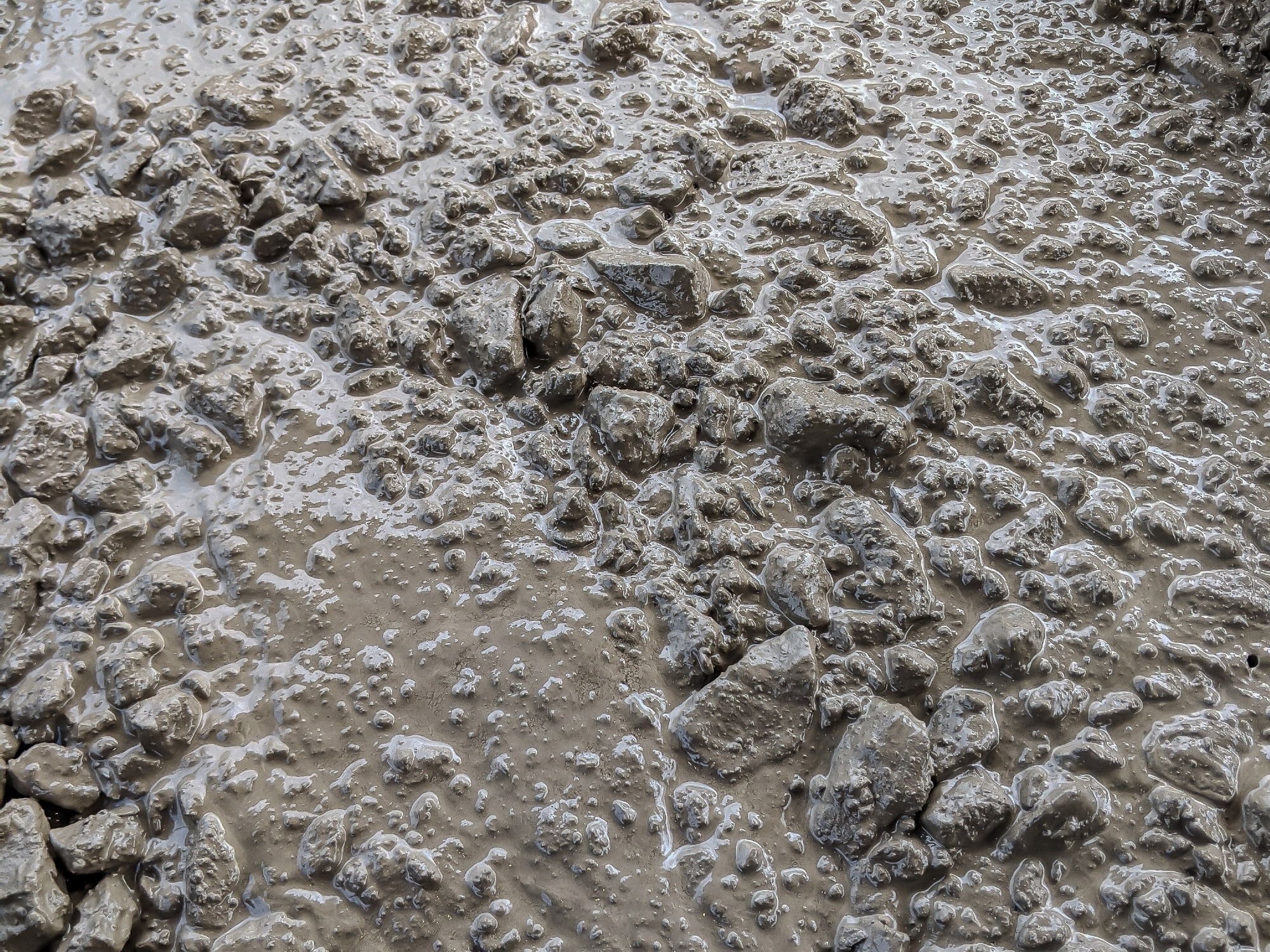In a recent article published in the journal Advanced Functional Materials, researchers from the US have focused on enhancing the fracture toughness and ductility of brittle materials, such as concrete, by drawing inspiration from natural nacre. Natural nacre exhibits high fracture toughness through purposeful material architecture designs.
 Study: Tougher Concrete Inspired by Mollusk Shells. Image Credit: Faiz_99/Shutterstock.com
Study: Tougher Concrete Inspired by Mollusk Shells. Image Credit: Faiz_99/Shutterstock.com
The study introduces "nacre-like-separated" and "nacre-like-grooved" cementitious composites inspired by the brick-and-mortar arrangement of mollusk shells. These composites are engineered using laser processing to create individual tablets and intentional defects laminated with elastomeric interlayers.
Background
Nature provides various mechanisms to enhance fracture toughness, with natural nacre showcasing inelastic deformation and hierarchical toughening mechanisms. The study aims to replicate these mechanisms in engineered cementitious composites. By introducing intentional defects and elastomeric interlayers, the composites exhibit interlayer deformation, tortuous crack propagation, and crack bridging as key toughening mechanisms, leading to rising resistance curves.
The Current Study
In the study, the researchers prepared the cementitious composites using laser-processing cement paste to create individual tablets and grooved patterns. The cement paste was carefully formulated to achieve the desired properties for the composites. Elastomeric interlayers, specifically polyvinyl siloxane (PVS), were introduced between the tablets during lamination to enhance the toughening mechanisms.
The fabrication process involved precise laser processing of the cement paste to create the desired tablet and grooved patterns. For the "nacre-like-separated" composite, painter's tape was strategically used to maintain the separation of tablets during lamination, ensuring the desired architecture. The tablets and grooved patterns were then laminated with the elastomeric interlayers to form the final composite specimens.
After the lamination process, the composite specimens were left to cure under controlled conditions to ensure proper bonding between the tablets and interlayers. Careful attention was paid to the curing process to avoid any defects or inconsistencies in the final samples. Once cured, the samples were prepared for mechanical testing to evaluate their fracture toughness and ductility.
The mechanical properties of the cementitious composites were evaluated using standard testing procedures. Various tests, including tensile, flexural, and impact tests, were conducted to assess the fracture toughness and ductility of the composites. The testing protocols were meticulously followed to ensure accurate and reliable results.
In addition to experimental testing, numerical methods were employed to analyze the behavior of the composites under different loading conditions. Coupled phase-field and cohesive zone modeling frameworks were utilized to simulate large deformation in the soft interlayers and fracture in the bulk and interface of the layered materials. These numerical analyses provided valuable insights into the toughening mechanisms at play in the engineered composites.
The data obtained from both experimental testing and numerical analysis were carefully analyzed to understand the toughening mechanisms and mechanical properties of the cementitious composites. Statistical methods and modeling techniques were employed to interpret the results and draw meaningful conclusions regarding the effectiveness of the bio-inspired design approach in enhancing the fracture toughness and ductility of the materials.
Results and Discussion
The fracture toughness of the nacre-like cementitious composites was extensively characterized, revealing remarkable enhancements compared to traditional cast cement paste. The layered composite exhibited a fracture toughness of 6.62 ± 2.53 MPa.mm0.5, statistically like cast cement paste.
In contrast, the nacre-like-grooved composite displayed a fracture toughness of 23.65 ± 3.96 MPa.mm0.5, representing a 5.5-fold increase over the cast cement paste. The most significant enhancement was observed in the nacre-like-separated composite, with a fracture toughness of 73.68 ± 8.02 MPa.mm0.5, surpassing any previously reported values for cementitious materials and fiber-reinforced composites.
The toughening mechanisms in the nacre-like composites were investigated, revealing key factors contributing to the enhanced fracture toughness and ductility. Tortuous crack propagation, interlayer deformation, and tablet sliding were identified as the primary toughening mechanisms.
Interlayer deformation, particularly stretching over large volumes of the sample, was identified as the initial energy dissipation mechanism in all three types of composites. This interlayer deformation, coupled with crack bridging and tablet sliding, contributed to the rising resistance curves observed during mechanical testing.
The introduction of intentional defects through laser processing and the incorporation of elastomeric interlayers played a crucial role in enhancing the toughening mechanisms of the composites. Tablet sliding, facilitated by the elastomeric interlayers, prevented premature failure of the composite and delayed bulk composite failure. The combination of tablet sliding, interlayer deformation, and crack bridging closely mimicked the toughening mechanisms observed in natural nacre, leading to a significant increase in fracture toughness without compromising strength.
Conclusion
By engineering laser-induced defects into tabulated cementitious-elastomeric materials, the study introduces a class of tough and ductile cementitious composites with high fracture toughness values comparable to ultra-high-performance concrete. The research highlights the potential applications of these composites in impact resistance, blast resistance, and extreme loading conditions, where high resistance to cracking and ductility are crucial. The study contributes to advancing bio-inspired design in architected materials for improved mechanical properties.
Journal Reference
S. Gupta, H. S. Esmaeeli, et al. (2024). Tough and Ductile Architected Nacre-Like Cementitious Composites. Advanced Functional Materials, 2313516. https://doi.org/10.1002/adfm.202313516, https://onlinelibrary.wiley.com/doi/full/10.1002/adfm.202313516